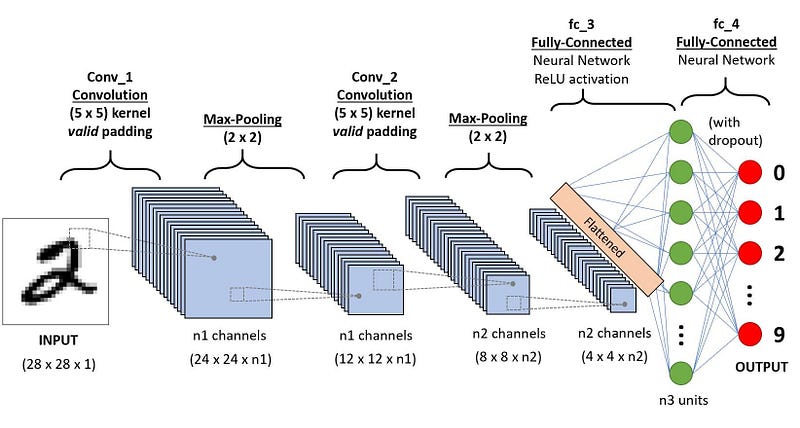
Artificial Intelligence (AI) has pervaded numerous aspects of our lives, revolutionizing industries and redefining how we interact with technology. One of the key aspects that has propelled AI to such heights is the concept of neural networks and deep learning. Mimicking the human brain’s functionality, these complex algorithms form the cornerstone of many modern AI systems. They have paved the way for groundbreaking innovations, from self-driving cars to AI-powered personal assistants.
Diving into Neural Networks
Neural networks are at the heart of most modern AI systems. They are a class of models within the broader field of machine learning, intended to mimic the human brain’s behavior. A neural network takes in inputs, processes them in hidden layers using weights that are adjusted during training, and then produces outputs.
The idea behind a neural network is not to replicate the human brain’s intricate workings but to borrow from its structure and adjust the data processing methodology. The goal is to recognize patterns from complex data, which makes neural networks exceptionally effective for predicting events and recognizing patterns.
Understanding Neural Network Architecture
Neural networks consist of layers of interconnected nodes, also known as neurons or perceptrons. Each layer represents a different level of abstraction of the input data. These layers are categorized into three types:
Input Layer: This is the initial layer where the neural network ingests data for further processing. The number of nodes in this layer corresponds to the number of features in the input data.
Hidden Layers: These layers perform computations on the inputs received and pass the result to the next layer. A neural network can have one or several hidden layers. These layers extract high-level features from the raw input data.
Output Layer: This is the final layer which produces the result for given inputs.
Each node in these layers contains a set of weights and a bias, which are fine-tuned during the network training process. The activation function within each node determines if it should get activated, contributing to the final output.
The Leap into Deep Learning
While neural networks provide an excellent foundation for recognizing patterns, there are limits to their capabilities. This is where deep learning comes in. Deep learning is a subset of machine learning that uses neural networks with multiple layers (known as deep neural networks), enabling higher levels of abstraction and improved prediction or decision-making capabilities.
Deep learning models are designed to automatically and adaptively learn from data representations, ranging from simple to complex tasks, eliminating the need for manual feature extraction. These models are trained using large amounts of data and neural network architectures that learn features directly from data.
Advantages of Deep Learning
Deep learning comes with a host of advantages that have led to their wide-scale adoption in numerous AI applications:
Automated Feature Extraction: Deep learning models have the inherent ability to learn suitable features from raw data, significantly reducing the need for manual feature extraction.
Handling Unstructured Data: They are particularly useful when dealing with unstructured data or data that does not fit neatly into a table or a dataset, such as images, text, or sound.
Complex Pattern Recognition: Deep learning models can model complex patterns and dependencies in the data by leveraging their depth and large number of parameters.
Challenges of Deep Learning
While deep learning models offer significant advantages, they also come with a few challenges:
Need for Large Datasets: These models usually require large amounts of labeled data to deliver high performance. Obtaining such datasets can often be time-consuming and costly.
Computational Resources: Deep learning models are often computationally expensive and require high-performance GPUs and ample time to train effectively.
Interpretability: One of the biggest challenges with deep learning models is that they operate as a “black box.” The model’s decision-making process can be difficult to interpret, which raises concerns in sensitive fields such as healthcare or finance.
Overfitting: Deep learning models, with their high complexity, can overfit the training data, leading to excellent performance on the training data but poor generalization to unseen data.
Conclusion
The advancements in neural networks and deep learning have set the stage for impressive developments in AI. Despite their challenges, these technologies hold great promise for the future, enabling machines to better understand and interact with the world around them. As we continue to refine these models and overcome their hurdles, we are sure to witness even more remarkable innovations in the world of AI.
Find more … …
How to classify images using CNN layers in Keras: An application of MNIST Dataset